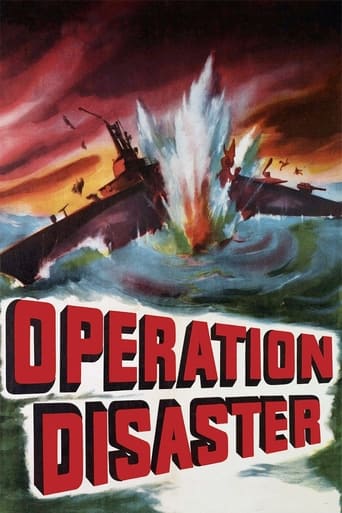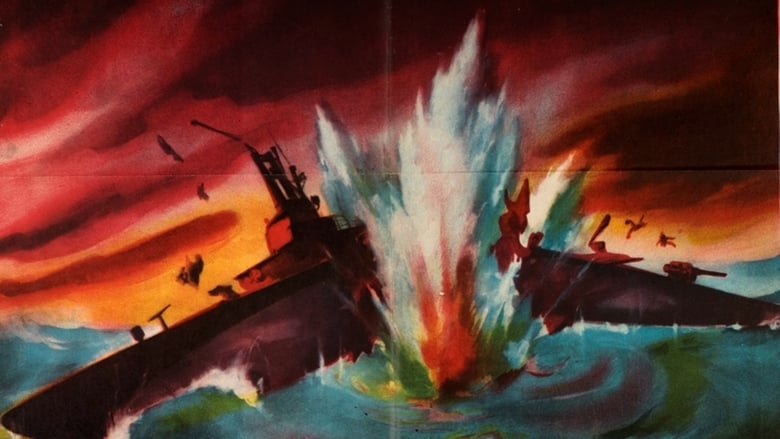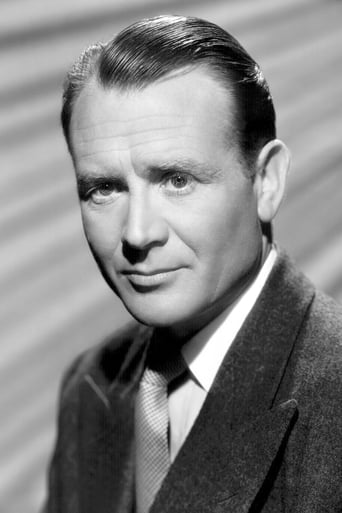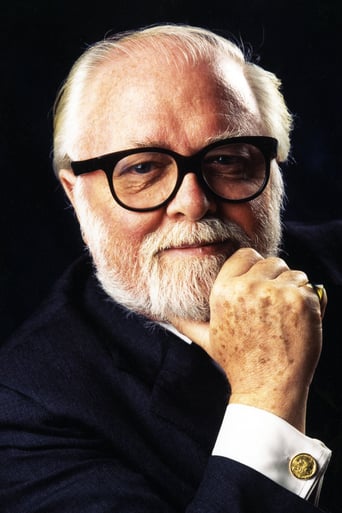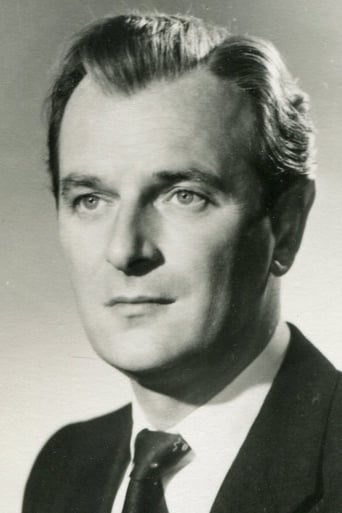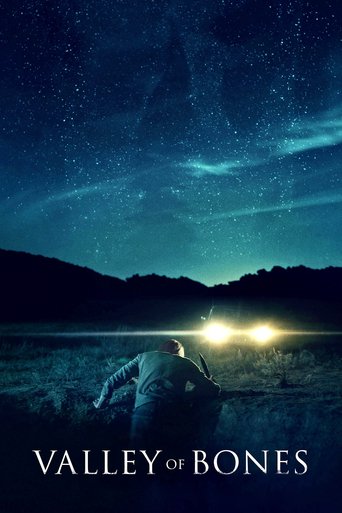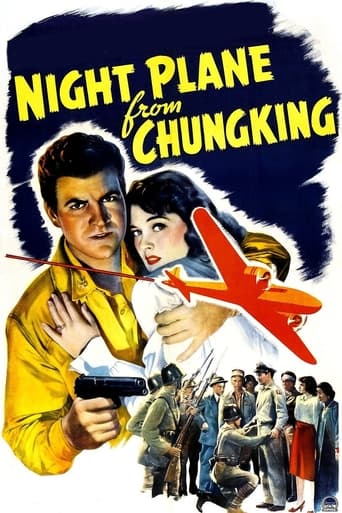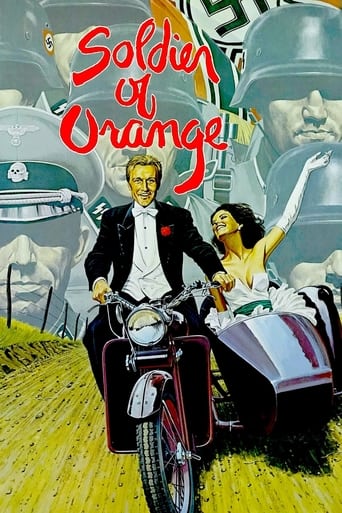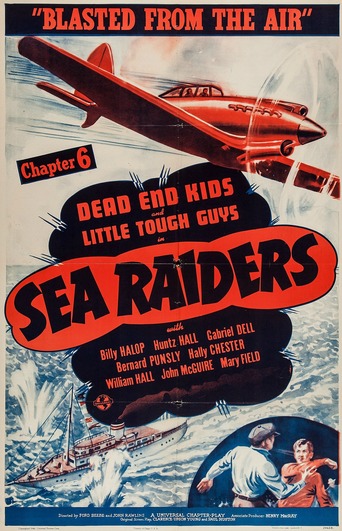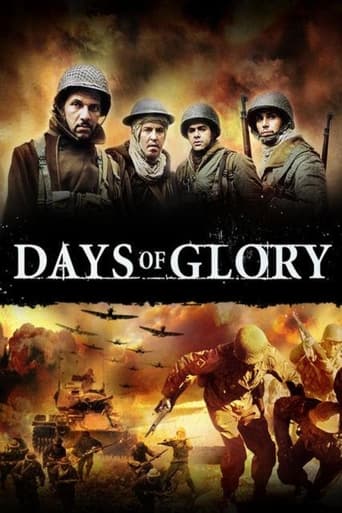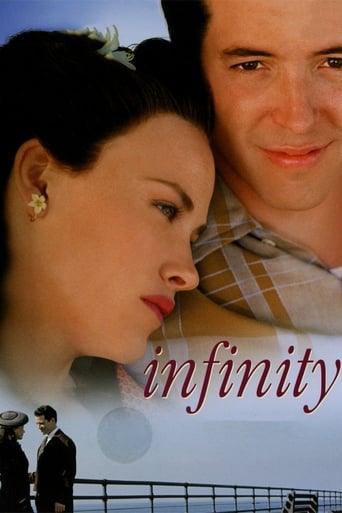Morning Departure (1950)
The crew of a submarine is trapped on the sea floor when it sinks. How can they be rescued before they run out of air?
Watch Trailer
Free Trial Channels
Cast


Similar titles
Reviews
Did you people see the same film I saw?
Go in cold, and you're likely to emerge with your blood boiling. This has to be seen to be believed.
The movie really just wants to entertain people.
This is a gorgeous movie made by a gorgeous spirit.
MORNING DEPARTURE is another exemplary seafaring thriller from British director Roy Ward Baker, who was definitely one of our most interesting talents during the 1950s and 1960s. Baker directs the tale with a steely eye for realism, refusing to fall for overt sentimentality and creating a rough, tough tale that is all the better for it. It's almost as good as Baker's Titanic classic A NIGHT TO REMEMBER (still the definitive re-telling of the disaster).The story is simple enough, about a submarine which is accidentally damaged and grounded on the sea bed. While rescue vessels are sent to help out, the men on board the sub begin to work out their own predicament and come up with ways that they can help themselves. To say more of the plot would be to spoil the experience, and this is definitely one film you don't want to get spoiled before watching.The cast is one of those fantastic all-star ensembles, headed by the reliable John Mills and Nigel Patrick as his second in command. Richard Attenborough cements his reputation for creating a lot out of a little, while the scene-stealer of the piece is the delightful James Hayter playing the cook. Others like George Cole, Bernard Lee, Kenneth More, and Victor Maddern do their bit with aplomb. MORNING DEPARTURE is a tense, gripping, character-focused piece of drama that proves to be another highlight of British film-making in the 1950s.
One of the finest and most realistic military dramas that ever came out of the English speaking cinema was Morning Departure about Captain John Mills on a British submarine that goes to the bottom, but intact. Mills faces a challenge that would daunt any captain in this drama keeping his crew together until rescue comes.Some definite influence of In Which We Serve is present here as well, especially accented by the presence of Mills and Richard Attenborough in the cast. The submarine is based in a small English coastal town where the officers and crew live as well. The domestic scenes with some of them including Mills and wife Helen Cherry (who was Mrs. Trevor Howard in real life) are taken straight from In Which We Serve.When disaster strikes the men with the exception of Attenborough behave like the professional sailors they are. Attenborough who volunteered for submarine duty because of the extra pay suffers from claustrophobia, carefully hidden except in a crisis it comes out. Eventually Attenborough proves to have the right stuff as well.The film benefits from the highly realistic rescue scenes when the Navy learns of the disaster. It also benefits from the superb playing of Mills and the rest of the cast. No John Wayne heroics here, these are just ordinary people doing their jobs under extraordinary circumstances. Even Mills has some trouble keeping it together, but he does.The ending is at once harrowing, intense, and sublime. It caps off a fine bit of motion picture film making that everyone associated with this film can be proud.
A British submarine, Trojan, accidentally runs into a drifting mine that blows off her bow and floods her stern. The central section sinks to the bottom with twelve men left alive. Submarine rescue ships come to her aid but it's a long hard slog, introducing air into the hull and trying to lift the wreck with wires. There is a means of escape from the submarine but it will accommodate only eight of the survivors, leaving four men (chosen by lot) to a problematic future.Frightened men trapped aboard a disabled submarine at the bottom of the ocean. You'd expect a lot of drama, speech making, and philosophizing on what it's all about. Well -- there is a little of that, but not too much.The drama centers around the stoker, one of the four losers, played by a baby-faced Richard Attenborough. When the boat is disabled, he reveals himself as a sniveling coward. (Note: No cowardice is complete without its "sniveling" qualifier.) But in the course of their isolation, the four remaining men are drawn together and Attenborough learns to overcome his fear and to care for a shipmate who is sick.John Mills is the captain who remains behind. And aside from Attenborough, there are also Wylie Watson as the comical but sensitive cook who doesn't know how to pronounce the word "Pisces" in the Astrology column, and Nigel Patrick as Number One.Happily, although these four are stuck in a disabled undersea wreck, the film makers are not. Scenes in the submarine alternate with the efforts of those ashore and those in the rescue craft to haul the mauled hull to the surface. These men are led by the reassuring Bernard Lee. Lee is a fine actor but, as it turns out, can't solve every problem that comes along.Because we are able to keep abreast of the rescue efforts and the difficulties involved, we're spared the isolation and claustrophobia of that sunken wardroom. This turns what could have been an ordinary, stiff-upper-lip talkfest into a rather dramatic and well-done story of men facing death while others try to help them.It's based on a play. I can't imagine a play about a situation like this being anything but deadly, but it's a nicely executed film. Good and craftsmanlike.
Every now and then we are reminded of the so-called "silent service" - the submarine arm of the navy. It is hard to believe nowadays but active use of submarines in warfare is barely over one century old. There had been three attempts at getting submarines into warfare before the 1880s: in the American Revolution, when Connecticut inventor David Bushnell designed the "Turtle" to attack Admiral Howe's flagship in New York Harbor; when Robert Fulton attempted to interest Napoleon Bonaparte in his submarine as a weapon against the British fleet in 1800; and when the Confederate (and Northern) navies experimented with torpedo boats and submarines - culminating in the success of the C.S.S. Hunley - in the American Civil War. But the real spur was anti-British animus in Irish-American circles in the 1880s, when they financed the researches of John P. Holland. It was his successful submarine that became the model adopted by most navies.But that was after 1900, and the early submarines were small and unpleasant and smelly craft (due to the closed space and the gasoline fumes). Disasters occurred frequently enough. It was not until the sinking of three British cruisers on one day in 1914 by U-boat Captain Weddingen that their power became widely realized. The number of maritime fatalities (led by R.M.S. Lusitania) demonstrated how deadly these ships could become. So by the end of the war everyone was improving their submarine fleets.But the ships still had major disasters in the 1920s and 1930s. 1939 was a banner year with major French, British, and American sub disasters. But the last one, the U.S.S. Squalus off Portsmouth, New Hampshire, was important for another reason. For one of the few times in modern history, the crew of a disabled submarine was mostly rescued. Diving bells and decompression chambers saved nearly two thirds of Squalus' crew (and the sub was raised, repaired, and recommissioned to be of use in World War II). But Squalus sank very close to land, and the depth was not an impossibly deep one as a result. Still it was quite a rarity to have survivors of a sub sinking. With a normal shipwreck (of a surface vessel) the crew has a chance to use lifeboats, life preservers, floating wreckage, rafts. You can't readily do that if you are underwater to begin with.For some reason submarine disaster films have rarely appeared on screen. There were films about submarines (several versions of Jules Verne's TWENTY THOUSAND LEAGUES UNDER THE SEA, for instance), and even of the wartime subs. For instance RUN SILENT, RUN DEEP, and DESTINATION, TOKYO were two. Some misfires also appeared. Charles Laughton appeared as an insanely jealous submarine commander opposite Gary Cooper and Tallulah Bankhead in THE DEVIL AND THE DEEP (he scuttles his own vessel at the end, going down with the ship). But films about actual tragedies never popped up. Except for this British film.John Mills is the commander of a submarine out on maneuvers in the British Channel. A mechanical failure causes it to sink. Mills is able to get most of his men out using snorkel breathing apparatus, and shooting them out of the torpedo tube. But he is unable to do it for the last three men in the sub with him: James Hayter, Richard Attenborough, and Nigel Patrick.In their situation they have to just wait out official attempts at rescue. But this is based on the amount of oxygen left on board, and how long it will last. Also, it is turning the ship into a huge tomb for them. And Attenborough, who has claustrophobic problems to begin with, is going over the edge. Patrick turns out to have physical problems that if not treated will possibly be fatal. It is not a happy situation.It is a gritty little movie, and it has it's moments of unexpected reality. Hayter was not supposed to be on the cruise, but at the last moment he agreed to go in place of a fellow seaman who had to attend an ailing wife. Details like that make one realize what a gamble our daily life experiences can be.As a look at a disaster that is normally uncommon (but still possible - remember the Russian tragedy of the "Kursk"), with four good performances in it, I strongly urge catching this film.

